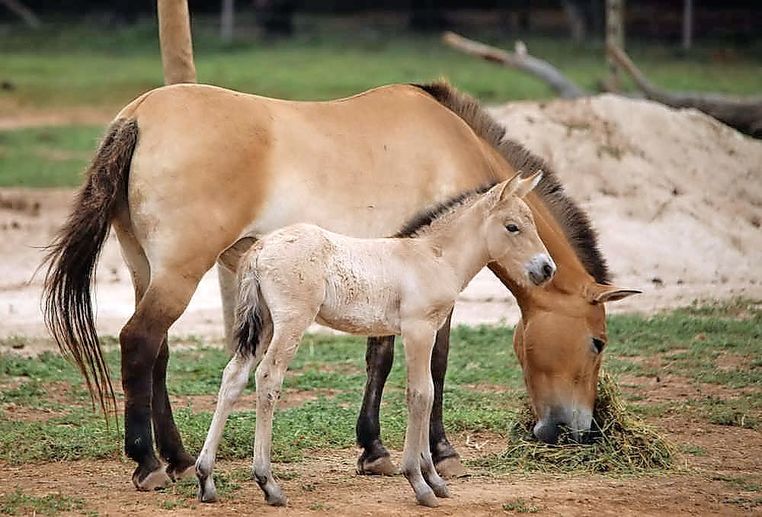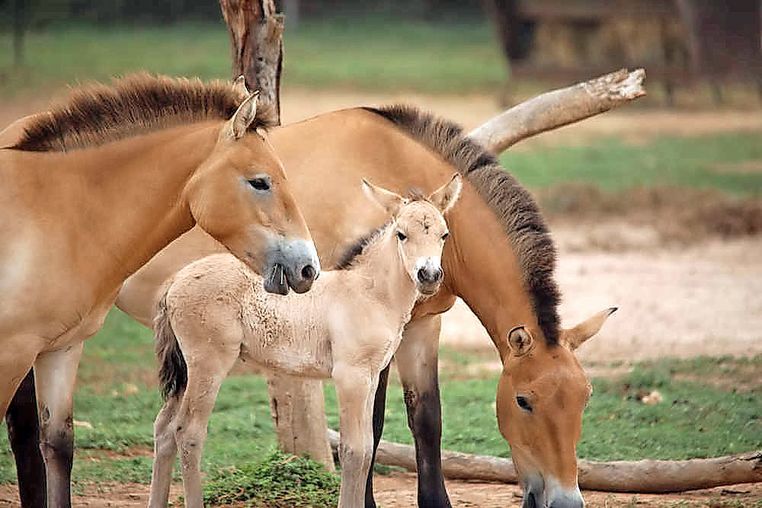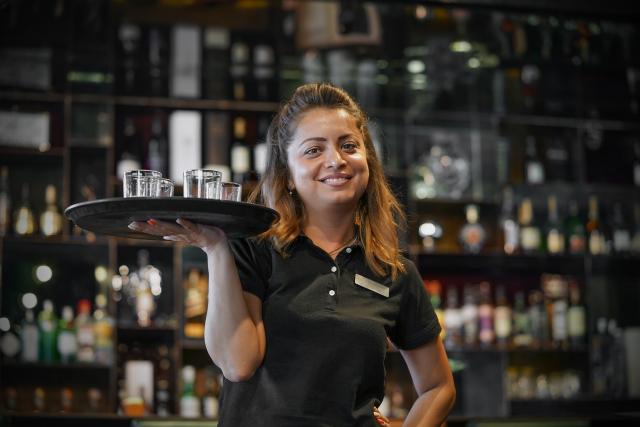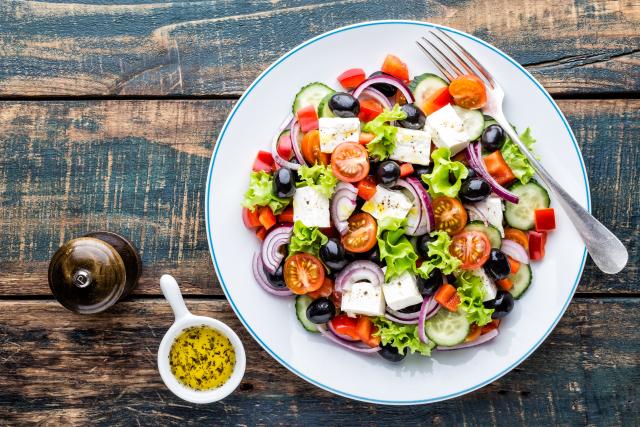About 600 horse breeds live among us, from the dashing thoroughbred to the fluffy and robust Clydesdale. Yet there is only one breed that is truly wild.
The endangered Przewalski’s horse of Mongolia has never been tamed, it’s not ridden and although they look like an overgrown pony, they’re never saddled for children’s birthdays.
While common perception often places the likes of the American Mustang or the Australian Brumby in the ‘wild horse’ division, they are domestic horses turned feral.
Przewalski’s horses once ranged freely through Europe and Asia, but competition with humans and livestock, as well as environmental changes, pushed them east to Asia.
The holy animal of Mongolia is stocky and has a big head, it has dark legs and the colour of its body resembles a Melbourne café latte. Its thick black main stands cocked like a punk-rock mowhawk.
Now an endangered species, the free-roaming equine was once just one hungry wolf-pack away from extinction. And, while wild numbers are growing, they can only be found in small groups in Mongolia, Kazakhstan, China or Russia.
A small and growing number of captive horses can also be found at Werribee’s Open Range Zoo.
Habitat conservation and breeding programs, such as the one at Werribee Zoo, has helped the numbers of Przewalski’s horse increase to 300 in the wild and more than 1500 in national parks, sanctuaries and zoos across the world.
The zoo’s population of Przewalski’s horse has grown dramatically after the births of three foals in the past 10 months.
The most recent addition to the family, a yet-to-be-named three-week-old female foal, is the latest achievement in Zoos Victoria’s fight to keep the unique breed alive.
Werribee Open Range Zoo Savannah co-ordinator Davin Kroeger said he was pleased with how well the newborn had been accepted by the herd.
“The youngest foal is living with a lot of sisters, brothers and aunties. They’re all very protective of her,” Mr Kroeger said. “Werribee Zoo’s herd are an insurance population in case something catastrophic happens to their cousins in the wild. The newest foal is probably not aware that she and her family serve a critical role in the survival of Przewalski’s horse.”
–
Nine








